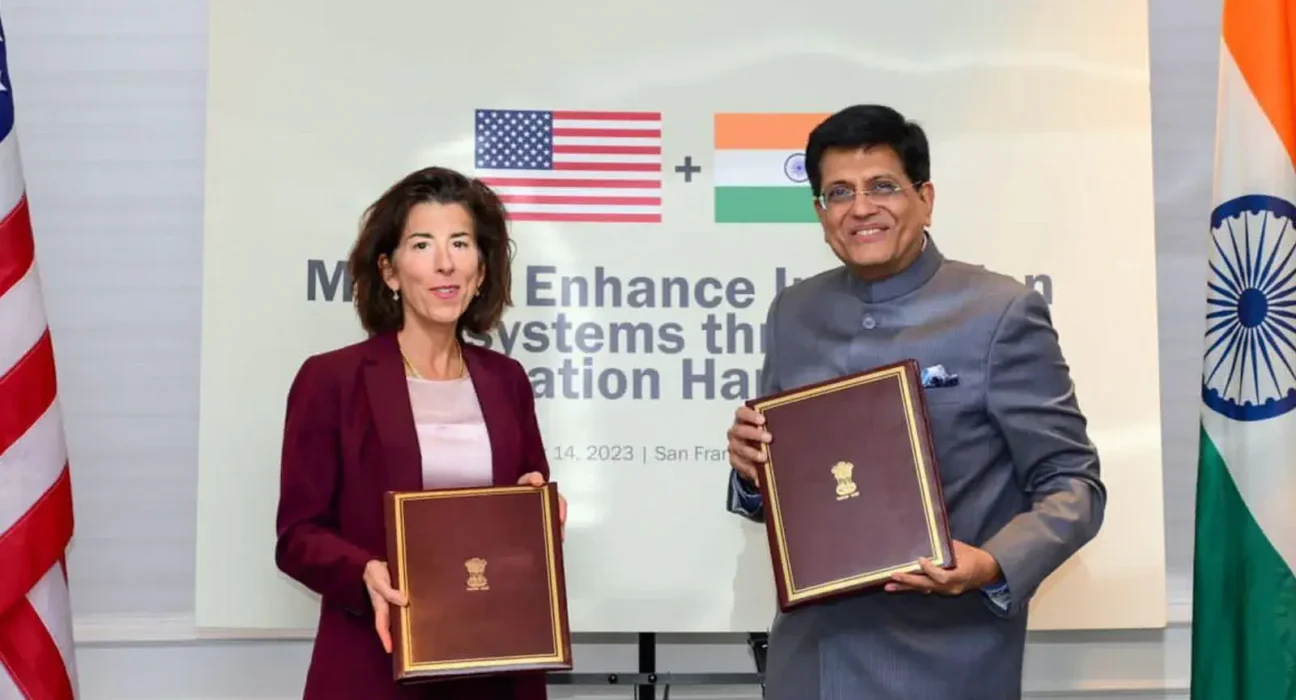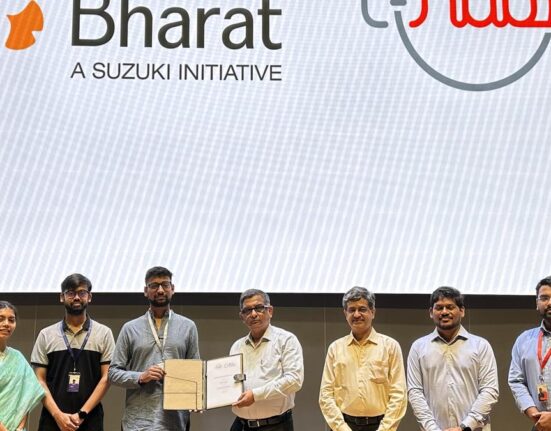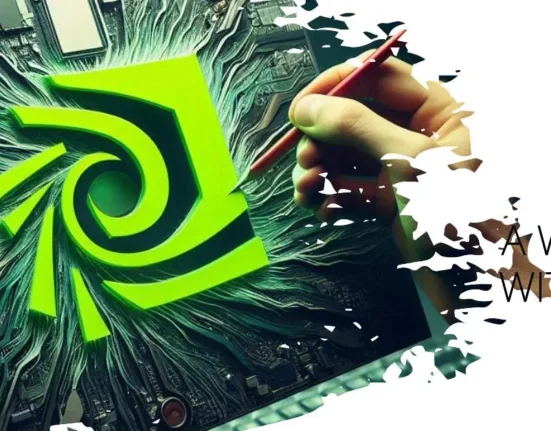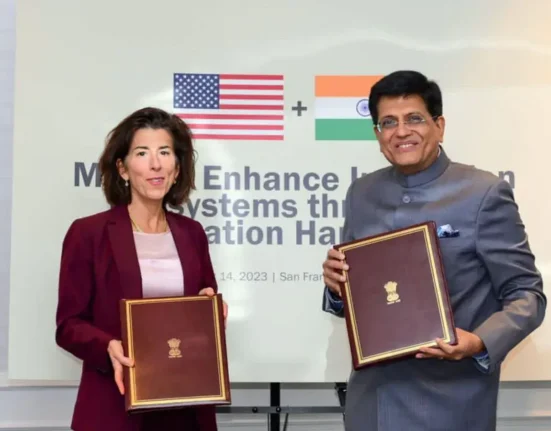US-India Alliance: Boosting the Global Semiconductor Landscape
- by Priyadarshan
- 17 September 2024
- 2 minutes read

As we know today, semiconductor chips have become the heart of gadgets ranging from automobiles to ballistic missiles. For the past few decades, Taiwan has dominated the semiconductor sector, meeting 63% of global demand and producing 90% of advanced semiconductor chips. India’s admission into the alliance will not only strengthen the country’s domestic semiconductor market, but will help diversify the global semiconductor supply chain, reducing reliance on any single country.
In 2022, the Indian semiconductor market was valued at US$ 26.3 billion and is projected to expand at a CAGR of 26.3% to US$ 271.9 billion by 2032.![]() The United States Department of State will collaborate with the India Semiconductor Mission, Ministry of Electronics and IT, Government of India, to explore opportunities to grow and diversify the global semiconductor ecosystem through the International Technology Security and Innovation (ITSI) Fund, established by the CHIPS Act of 2022 (CHIPS Act). This alliance will contribute to a more robust, secure, and sustainable supply value chain.
The United States Department of State will collaborate with the India Semiconductor Mission, Ministry of Electronics and IT, Government of India, to explore opportunities to grow and diversify the global semiconductor ecosystem through the International Technology Security and Innovation (ITSI) Fund, established by the CHIPS Act of 2022 (CHIPS Act). This alliance will contribute to a more robust, secure, and sustainable supply value chain.
The CHIPS Act also created the ITSI Fund, which provides the U.S. Department of State with $500 million ($100 million per year over five years, starting in Fiscal Year 2023), to promote the development and adoption of secure and trusted telecommunications technologies, secure semiconductor supply chains, and other programs and initiatives with allies and partners.
India is the eighth country with which the United States has inked a similar collaboration, joining Costa Rica, Indonesia, Kenya, Mexico, Panama, the Philippines, and Vietnam, through the International Technology Security and Innovation (ITSI) Fund, which was established last year.
United States will focus on building out capabilities for the assembly, testing, and packaging of semiconductors—the final step in the manufacturing process that gets chips ready for use in various electronic devices.
Semiconductors have become a geopolitical hot subject because to their vast range of applications, including computers and defense. Chips are also at the center of the Biden administration’s escalating technical struggle with China, which it has prioritized by combining legislative measures with a series of export regulations that prohibit the transfer of sophisticated semiconductors and chipmaking equipment to Chinese companies.
There is also a long-standing effort to diversify the supply chain from Taiwan. Beijing sees the independent island off China’s coast as its own territory and has committed to eventually annexing it, making Taiwan an increasingly dangerous geopolitical hot spot.
Factors Favouring India’s semiconductor ecosystem:
- Skilled Workforce: India leads the world with record number of Science, Technology, Engineering and Mathematics (STEM) graduates, offering the much-needed skilled workforce required in semiconductor manufacturing, design, research, and development.
- Cost Advantage: India offers a substantial cost advantage for semiconductor manufacturing due to the lower labour cost, supply chain efficiency and emerging ecosystem.
- Global Supply Chain Diversification: India has become a preferred destination for back-end assembly and testing operations amidst this industry relocation, with potential for future front-end manufacturing.
- Policy support: The Indian government has promptly seized the opportunity following the global semiconductor supply chain glut after the pandemic and showed great intent through policy support to present India as an alternative to China in the global semi supply chain.
For more interesting articles on semiconductors:
Every device in the world should have a made in India chip : Desires Indian PM Modi at Semicon India 2024
TOP 5 NVIDIA FREE AI Courses for Beginners 🎓📚
Discover more from WireUnwired Research
Subscribe to get the latest posts sent to your email.










1 Comment